The Mystical Triangle
Have you heard about the Sacred Triangle of ancient Greek temples? One of the reasons I love ancient Greek history is that it is full of fascinating mysteries.
The Master Plan
Thinking of mathematicians related to Greece, Archimedes, Pythagoras, and Thales come to mind. Certainly, the work of these masterminds put down the pillars of Western mathematics. I read about the stunningly sophisticated “Antikythera mechanism”—a device that dates back 2000 years and was able to predict astronomical events, like lunar and solar eclipses and the movements of the planets, just like an analogue computer—and I realised that ancient Greek science and history are full of surprises. They knew much more than we can imagine. No wonder that theories developed claiming that ancient sites have been built according to a master plan, based on mathematics and other sciences. These concepts are not scientifically proven, and they surely need a lot of imagination, but there are some interesting examples.
The Sacred Triangle
One of these is called the Sacred Triangle. It entails three temples: the Hephaestion in Athens, the Temple of Poseidon at Cape Sounion, and the Temple of Achaia on Aegina Island. These temples were built within a few years of each other, and they form an isosceles triangle when seen on a map. Also, the Parthenon on the Acropolis, the Temple of Apollo in Delphi, and the Temple of Achaia form a perfect isosceles triangle. Was this intentional? Were they part of a “bigger plan”?
As their majestic columns tower over us, we can feel that these sacred buildings symbolise something greater than us. When I first saw the full moon rising over the Acropolis, so bright and big that its craters were visible, I felt whole, a small part of something Magnificent. Did a “sacred geography” exist, and were these sacred places aligned according to astronomy? There are theories that the triangles formed by these temples reflect the movements of different planets, the sun, the moon, and stars in relation to the Earth’s surface.
Mystical Numbers
In ancient Greece the numbers—particularly for the Pythagoreans—were metaphysical entities, keepers of the truth that could determine the mortal’s fate. Geometry emerged from these mystical experiments with the numbers and became a driving force in Greek mathematics. Symmetry and harmony were part of the divine design. They believed that geometry and astronomy can be used to understand creation, so maybe this “science” was used to build the temples in this shape. Precise geometric relations and mathematical formulas can be found in ancient architecture, as the research mentioned below suggests.
Another fascinating fact
The National Technical University of Athens (https://www.ntua.gr/en/) determined the astronomical orientation of ancient Greek temples. They focused their studies on the Parthenon and the Hephaestion – two majestic temples of the classical era. They found that these temples were built in a way that on celebration days of the gods to whom the place is dedicated, the sunrise occurs exactly on the central axis of the temple in order to illuminate the central statue of the worshipped god/goddess. If they were able to calculate the astronomical orientation of these temples so precisely, I can imagine that those sacred triangles did serve a special purpose. Looking at the Temple of Poseidon in Sounion at sunset was quite hypnotic; this temple definitely displayed a sense of celestial harmony, some kind of divine order that I cannot explain.
Despite the lack of written resources, maybe archaeoastronomy, the study of ancient cultures’ astronomical knowledge, might provide a more accurate answer than my vivid imagination.
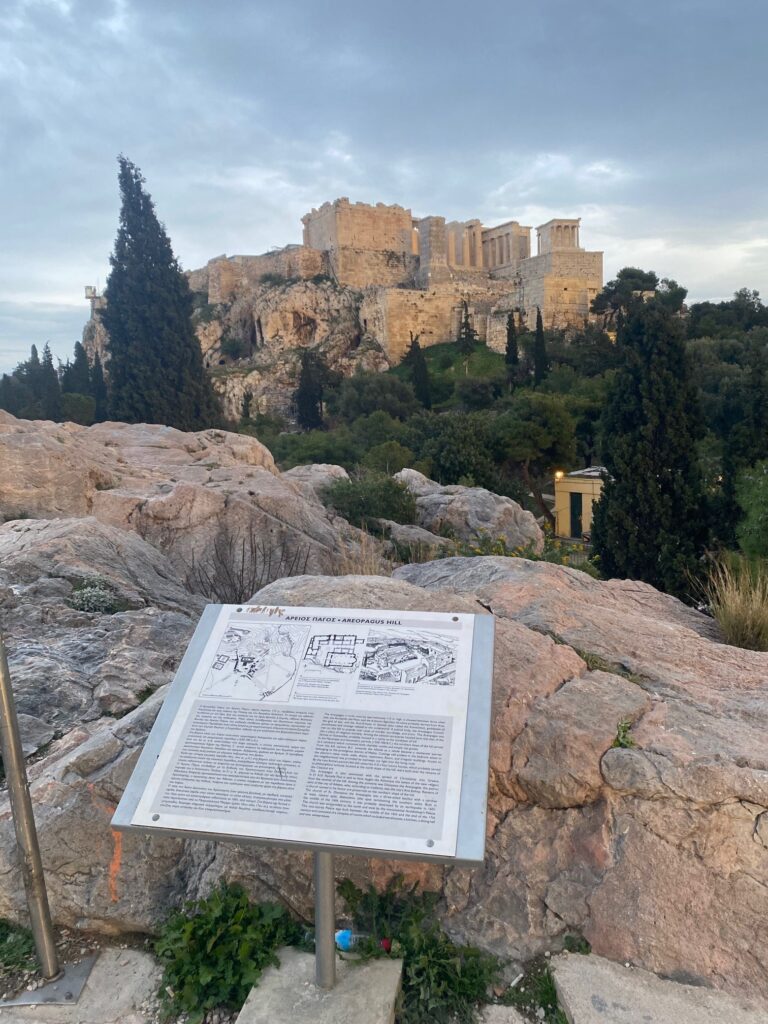
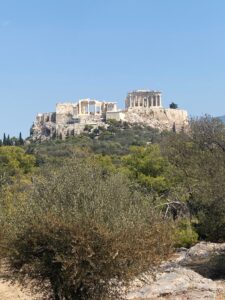
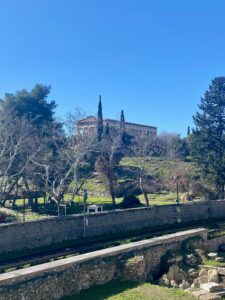
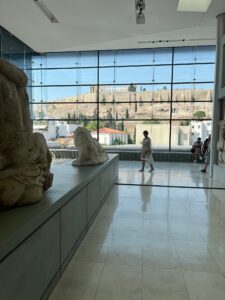

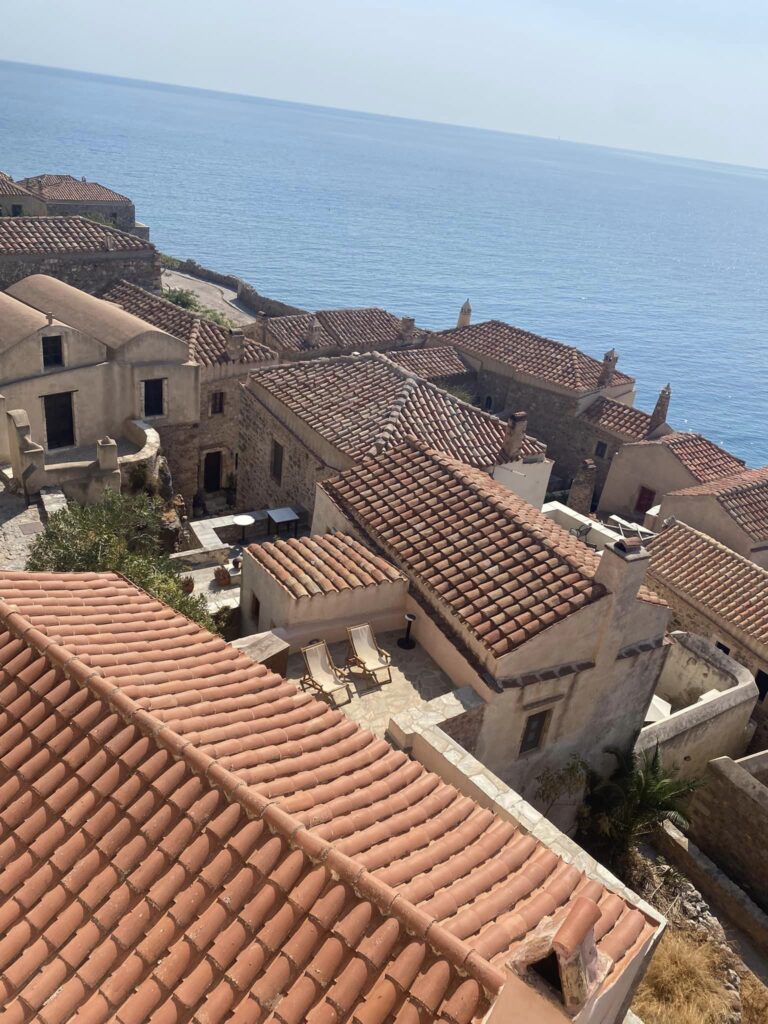
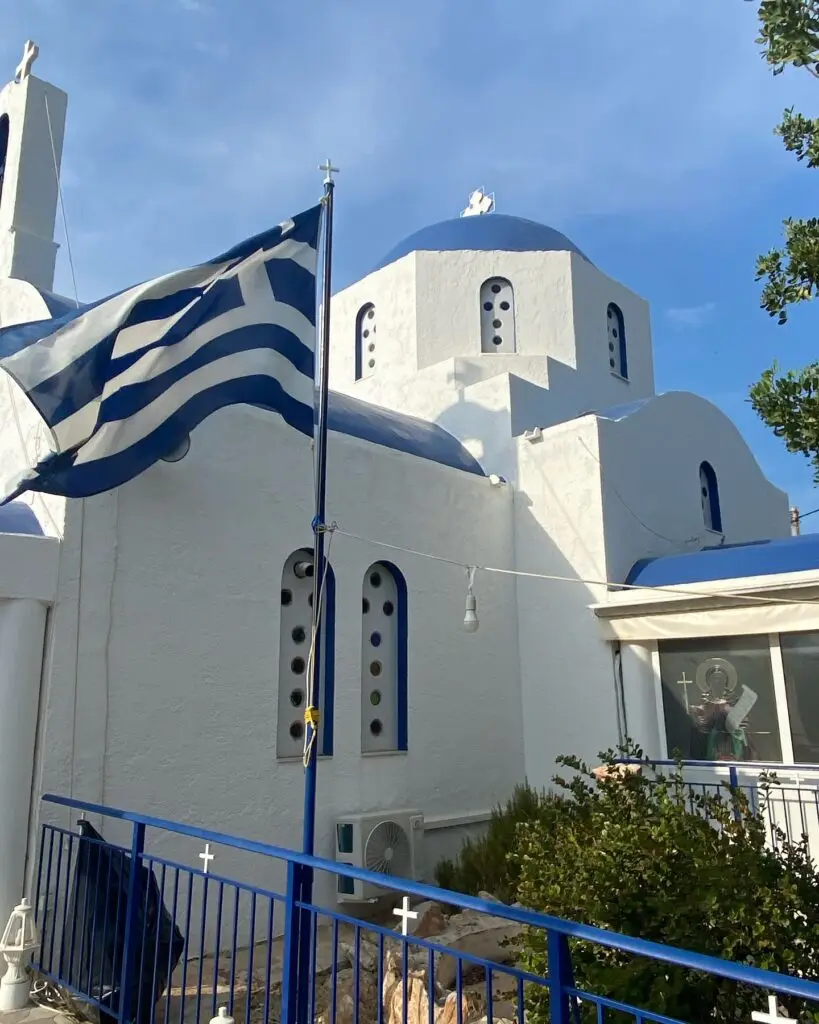
I always enjoy reading your writings! Complex comprehensive, yet entertaining what you share with us. I look forward to your next post!
Thank you very much for your inspiring comment. Much appreciated. Ευχαριστω πολυ!
Your writing shows how much you love our country.
Σας ευχαριστώ από τα βάθη της καρδιάς μου! Ελένη
Ευχαριστω πολυ Ελενη!